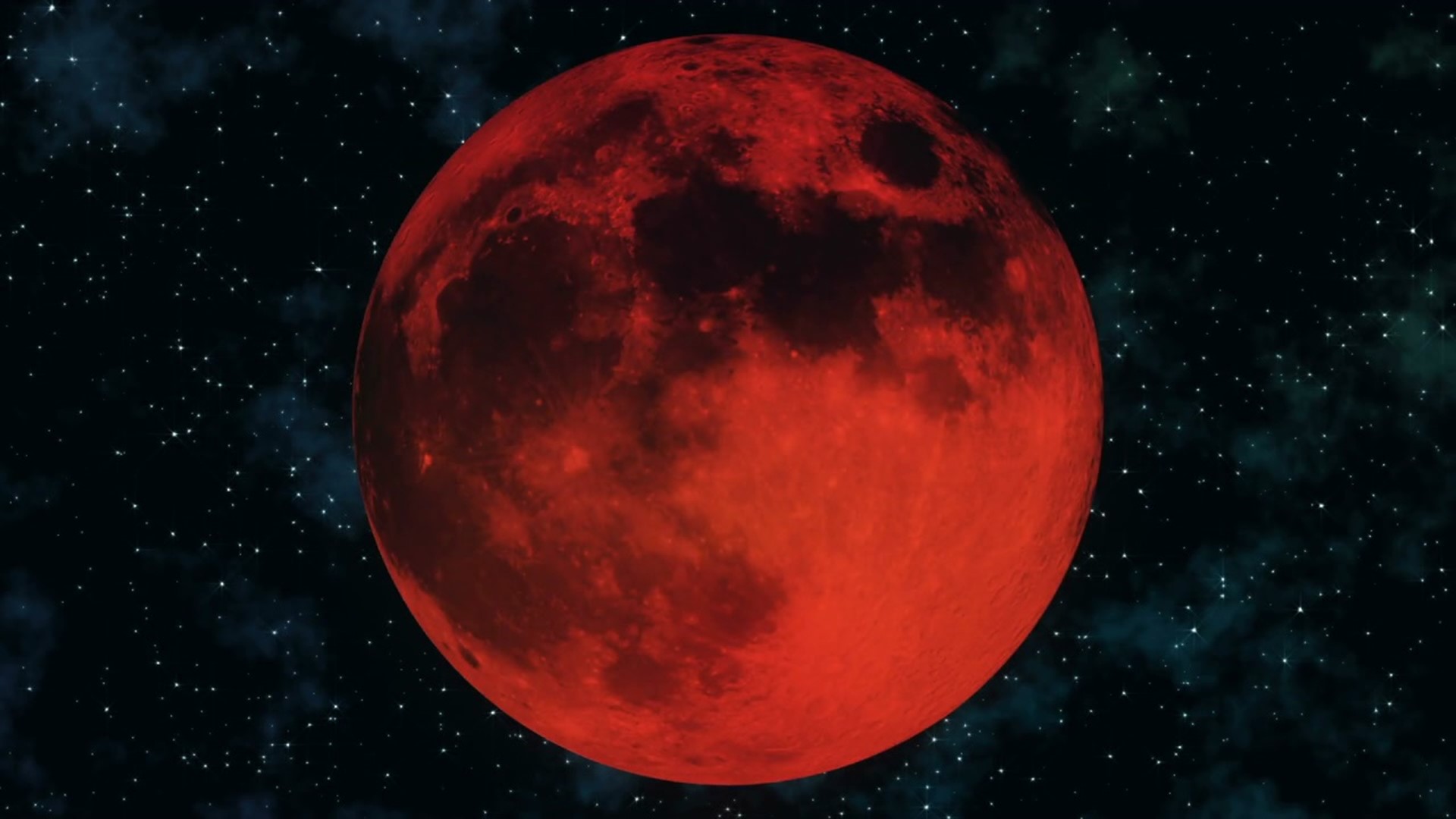"This month's full moon occurs on May 26th. It's not just a full moon, it's also a Super Moon, and it's also a Blood Moon," said Tom Wildoner, owner of Darkside Observatory in Weatherly.
Wildoner explained what makes this month's full moon so unique.
"The moon is not a perfectly circular orbit. It varies by up to 30,000 miles, give or take as it's circling around the Earth," he said.
When the Moon wobbles closer than normal to Earth, it's called a Super Moon. It will appear a bit bigger and brighter than a normal Full Moon.
"Where you will detect the difference is if you pair two photographs of the moon side by side," Wildoner said. "The Super Moon at its most will be 7 percent larger than a regular Full Moon."
The "Blood" part of this month's Full Moon is due to the lunar eclipse that will be underway.
"The morning of the 26th, the Moon is just going to be entering the outer shadow of the Earth," added Wildoner.
We won't get to experience a total lunar eclipse in Northeastern and Central Pennsylvania; we will get a glimpse of a partial lunar eclipse.
"If you get up bright and early on the 26th, like 5 a.m., and you see the moon setting in the west, it may look a bit redder than normal," Wildoner said.
If early mornings aren't your thing evening, sky watchers are in for a treat this week too. Look to the western sky about an hour after sunset on the 28th to see the conjunction of Mercury and Venus.
"What's special about this one is Mercury and Venus are going to be within 1/2 a degree of one another," Wildoner said. "That's the closest they're going to be together like that until the year 2033. Use Venus as your guide. Mercury is going to be the closest star near Venus."
Wildoner adds that if you hold your hand out in front of you towards the sky, the tip of your index finger is roughly one degree, which should help you spot Mercury.
For those who may not be able to watch the lunar eclipse due to their location or mother nature, there will be several free webcasts showing live views of the eclipse online.
Griffith Observatory:
Lowell Observatory:
European Space Agency:
The European Space Agency (ESA) will stream a live broadcast of the Super Flower Blood Moon, also beginning at 5:30 a.m. EDT.

